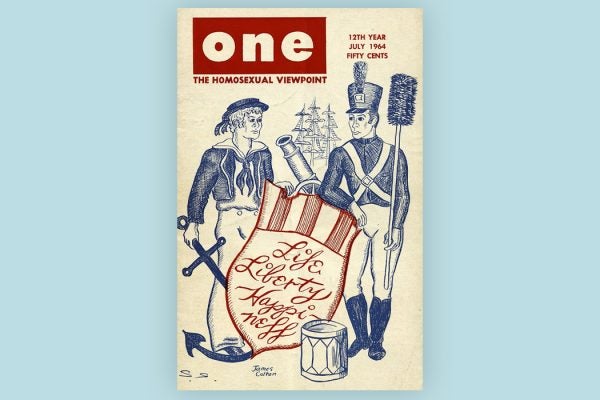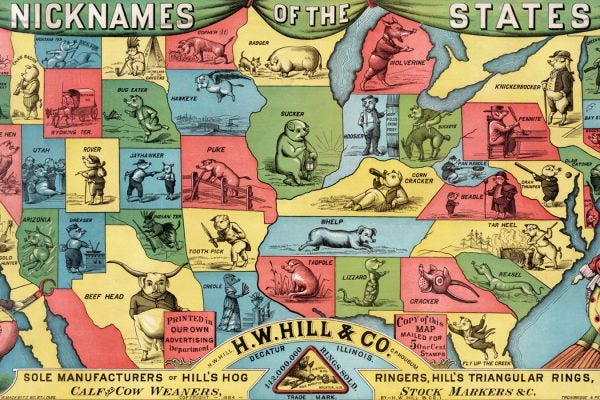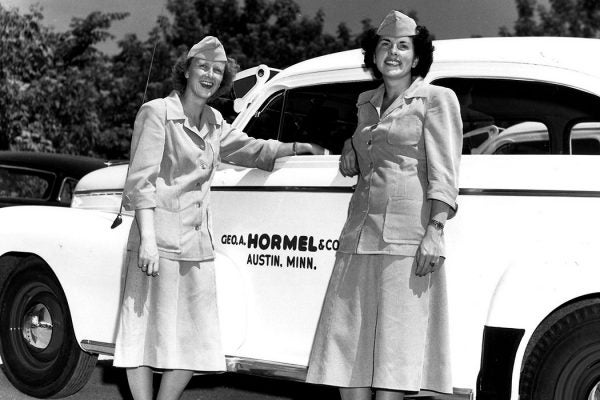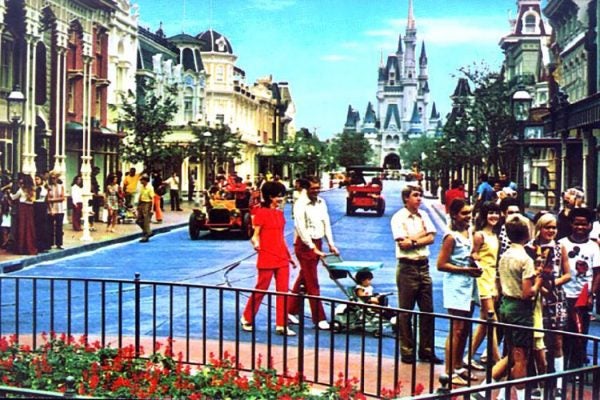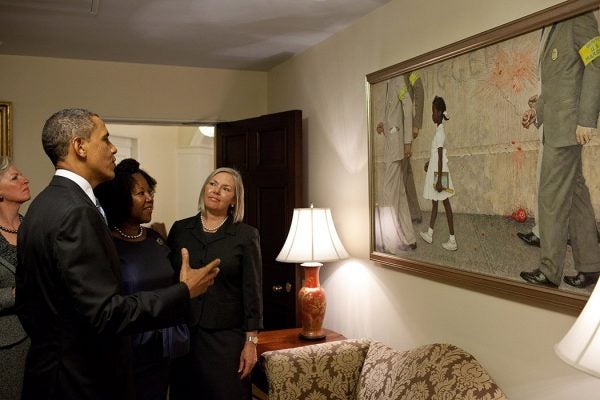Patriotism and the LGBTQ+ Rights Movement
Charged with being "un-American" during the Cold War, activists appealed to American ideals in their quest for full citizenship.
The D-I-Y Fallout Shelter
In the 1950s and 1960s, families planning for the apocalypse often took a homespun approach.
What Ever Happened to the Beetheads?
A lighthearted look at Americans' nicknames of yore, from master humorist H. L. Mencken.
The Singing, Dancing Hormel Girls Who Sold America SPAM
SPAM was introduced 80 years, but it was a military-style corps of singing women that helped the canned meat skyrocket in the years after World War II.
The Making of the American Diner
Today's diners would surprise a 1940s patron. These restaurants were once vulgar boy’s clubs before becoming today's family-friendly establishments.
Walt Disney, Urban Utopian
The Main Street of Disneyland and Disney World were Walt Disney's first attempts at creating the utopian city he could never quite manage.
Norman Rockwell: Provocative Artist or Predictable Hack?
While Norman Rockwell's paintings struck a chord with the mass American public, that was not always not the case with art critics.
